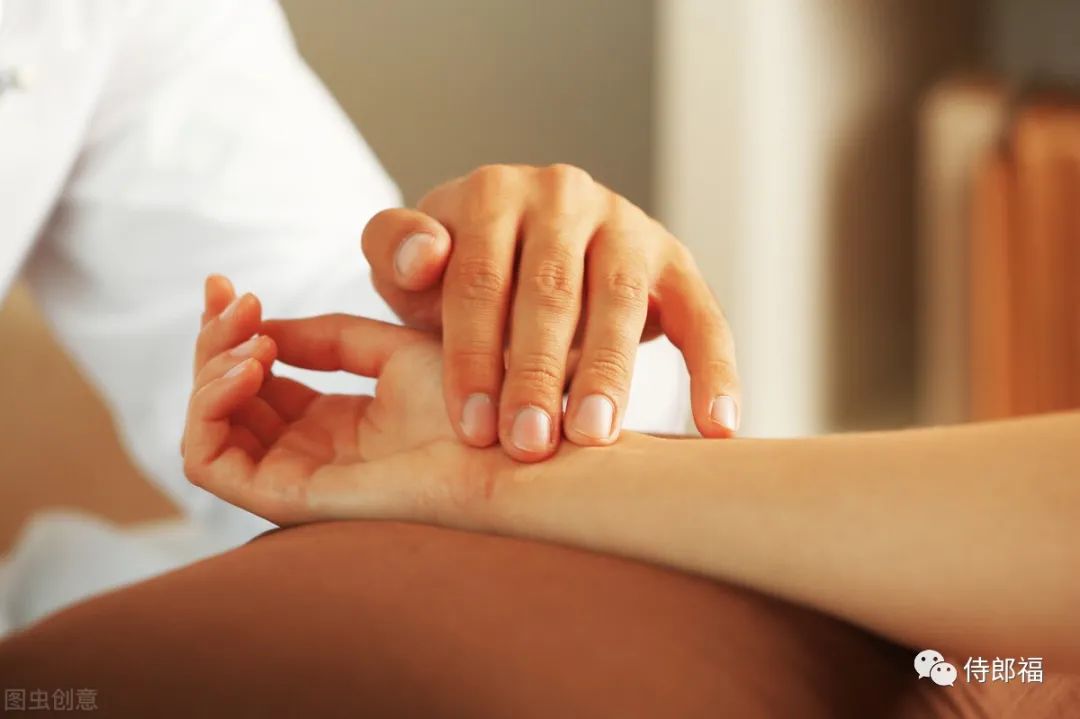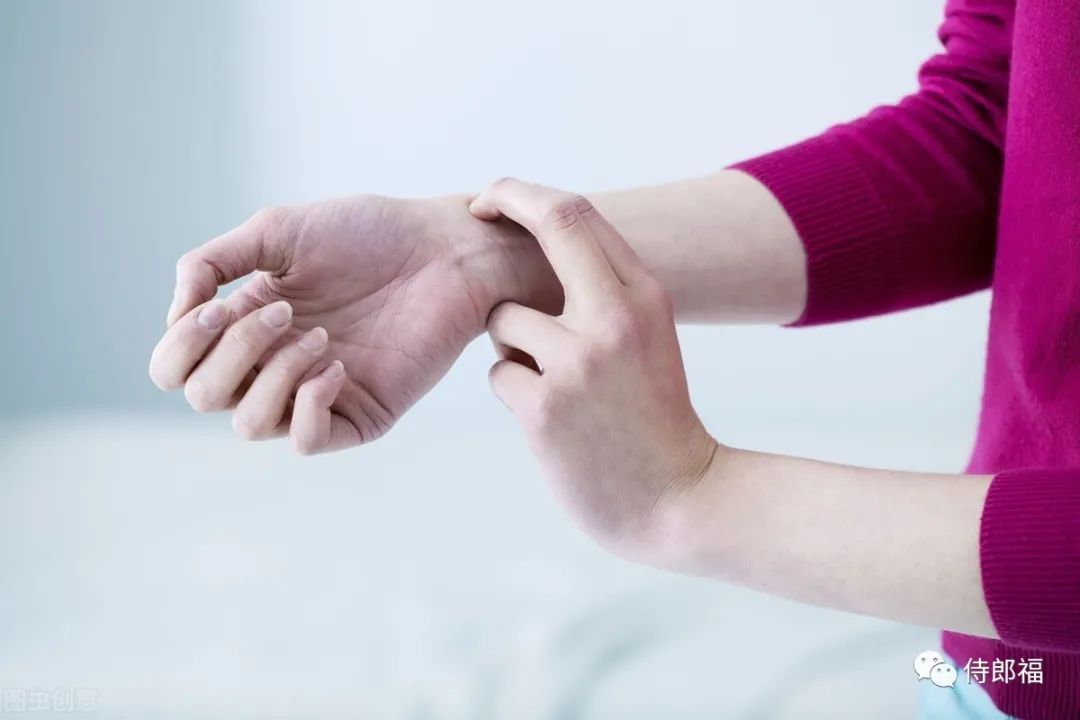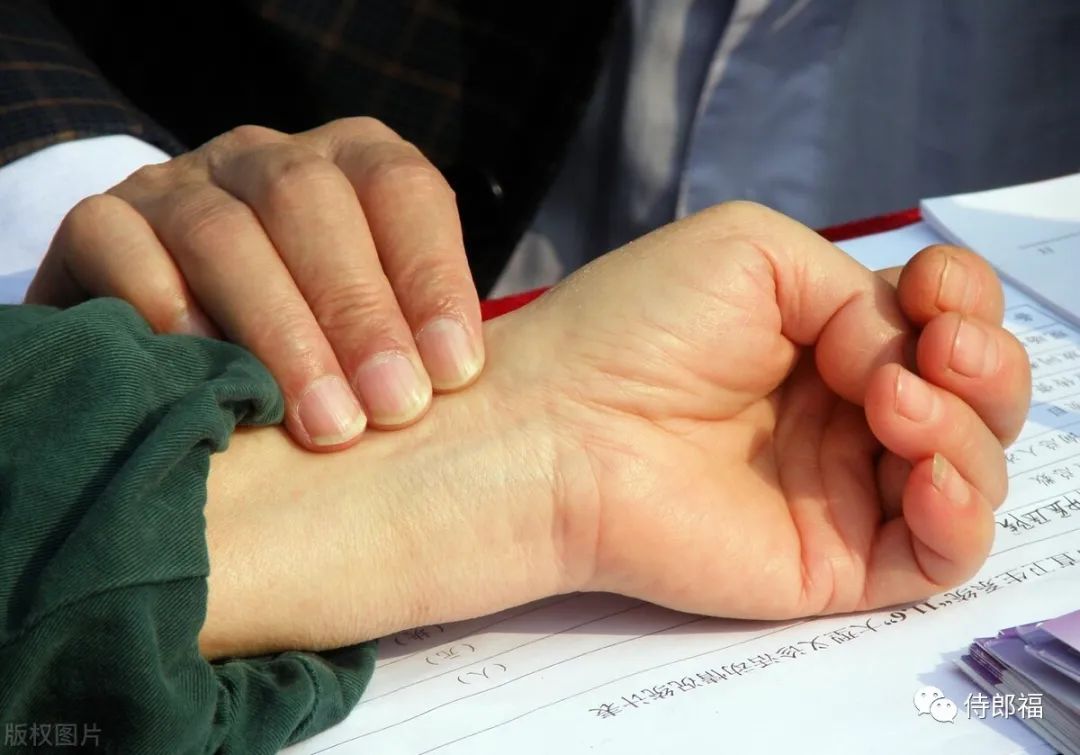“Observation (望), Listening (闻), Inquiry (问), and Palpation (切)” are traditional diagnostic methods in Chinese medicine, originating from the “Nanjing” (难经). Observation refers to observing the complexion; Listening refers to hearing the sounds; Inquiry refers to asking about symptoms; and Palpation refers to feeling the pulse, collectively known as the Four Examinations. Today, we will discuss the palpation aspect of these examinations.
Palpation involves using the fingers to press on the pulse points to perceive changes in the pulse and differentiate diseases. What do you know about TCM pulse diagnosis? The pulse includes four aspects: position, frequency, shape, and quality. Generally, it is categorized into four major types: floating, sinking, slow, and rapid. The pulse is closely related to the body’s organs and the flow of Qi and blood. The “Pulse Classic” (脉经) details twenty-four types of pulses, while “Binhuh Pulse Studies” (濒湖脉学) expands this to twenty-seven types. By the Ming Dynasty, Li Zhongzi summarized a total of twenty-eight pulse types, which are still widely referenced today.
A normal pulse should neither be floating nor sinking, neither fast nor slow, with a frequency of approximately 70-90 beats per minute, moderate in strength, calm and gentle, and with a regular rhythm without interruption.

Methods and Locations for Pulse Diagnosis
Use the left hand to examine the patient’s right hand, and the right hand to examine the patient’s left hand. The tips of the index, middle, and ring fingers should be aligned (for children, one finger may suffice due to the small size of the cun position). The fingers should be slightly curved and inclined at about a 45-degree angle at the patient’s wrist crease (cun position), which facilitates pulse diagnosis. This should be done while the patient is calm. The patient can be seated or lying down, with their forearm at approximately the same level as the heart, palm facing up, and the forearm resting flat.

1. Floating Pulse (浮脉)
The “Pulse Classic” states that the floating pulse is felt at the skin surface, like wood floating on water; it is easily felt when lifted but not when pressed down. The phrase “like wood floating on water” is a typical characteristic of the floating pulse. As the name suggests, it feels like pressing on wood that is floating on water. A light touch will reveal the pulse, but pressing harder will cause the pulse to diminish. This is commonly seen in conditions of exterior cold invasion, such as a wind-cold common cold.
2. Sinking Pulse (沉脉)
The “Pulse Classic” records that the sinking pulse is not felt when lightly pressed but is felt when pressed harder. This is the opposite of the floating pulse, creating a stark contrast. The sinking pulse cannot be detected with a light touch and requires more pressure to feel the pulse. The formation of a sinking pulse is related to the volume of blood pumped by the heart and peripheral vascular resistance. It is commonly seen in conditions such as hypertension, liver disease, chronic wasting diseases like tuberculosis, and heart failure due to kidney disease.
3. Slippery Pulse (滑脉)
The slippery pulse is round and smooth, resembling pearls rolling on a jade plate. The “Pulse Classic” describes the slippery pulse as flowing smoothly back and forth, like pearls responding to a touch. The key point is that it feels like pearls on a string. The pulse should be continuous. The sensation of pearls indicates a protruding feeling, and the slippery pulse is primarily associated with symptoms such as phlegm and fluid retention, food stagnation, and can also be seen in conditions like anemia, acute gastroenteritis, and ascites. A slippery pulse may also appear during pregnancy. However, the slippery pulse and the joyful pulse (喜脉) are two different types; not all slippery pulses are joyful pulses, but joyful pulses are a type of slippery pulse.

The pulse is not the sole diagnostic criterion for diseases; it should be combined with observation, listening, and inquiry. To learn more about pulse diagnosis, continue to follow me for further explanations.

